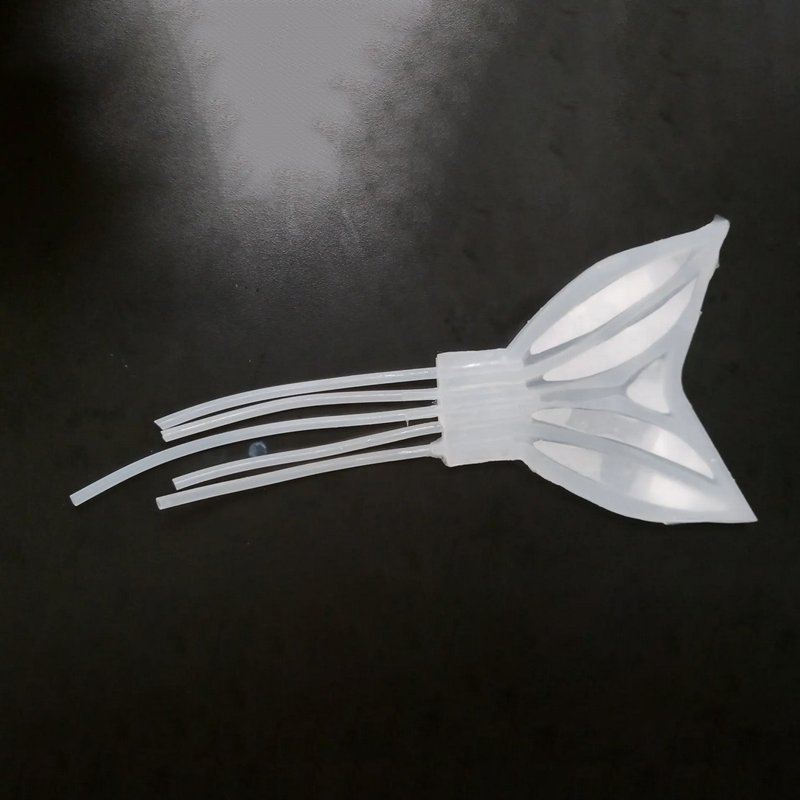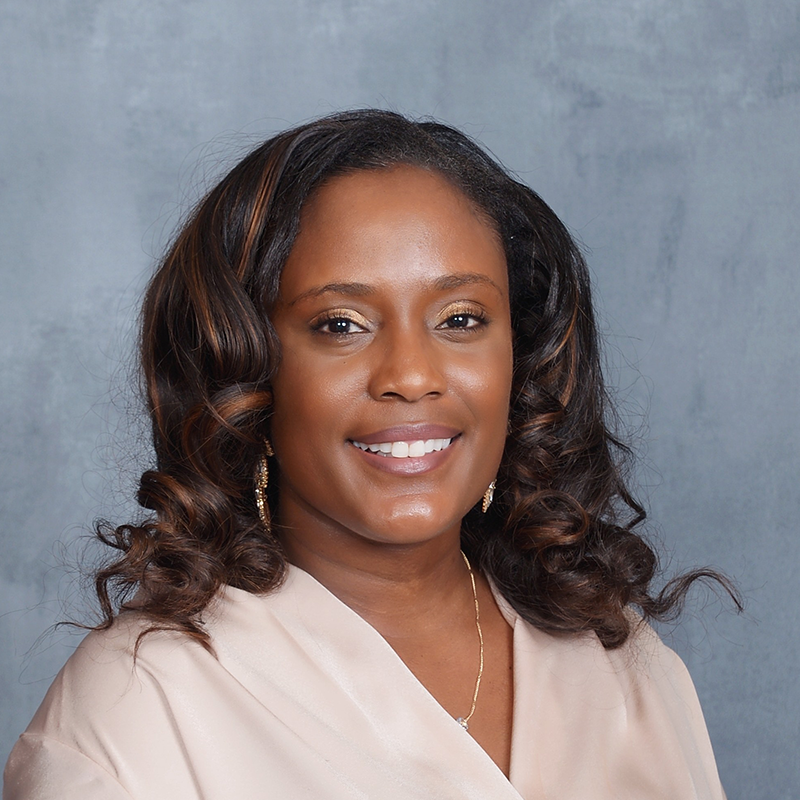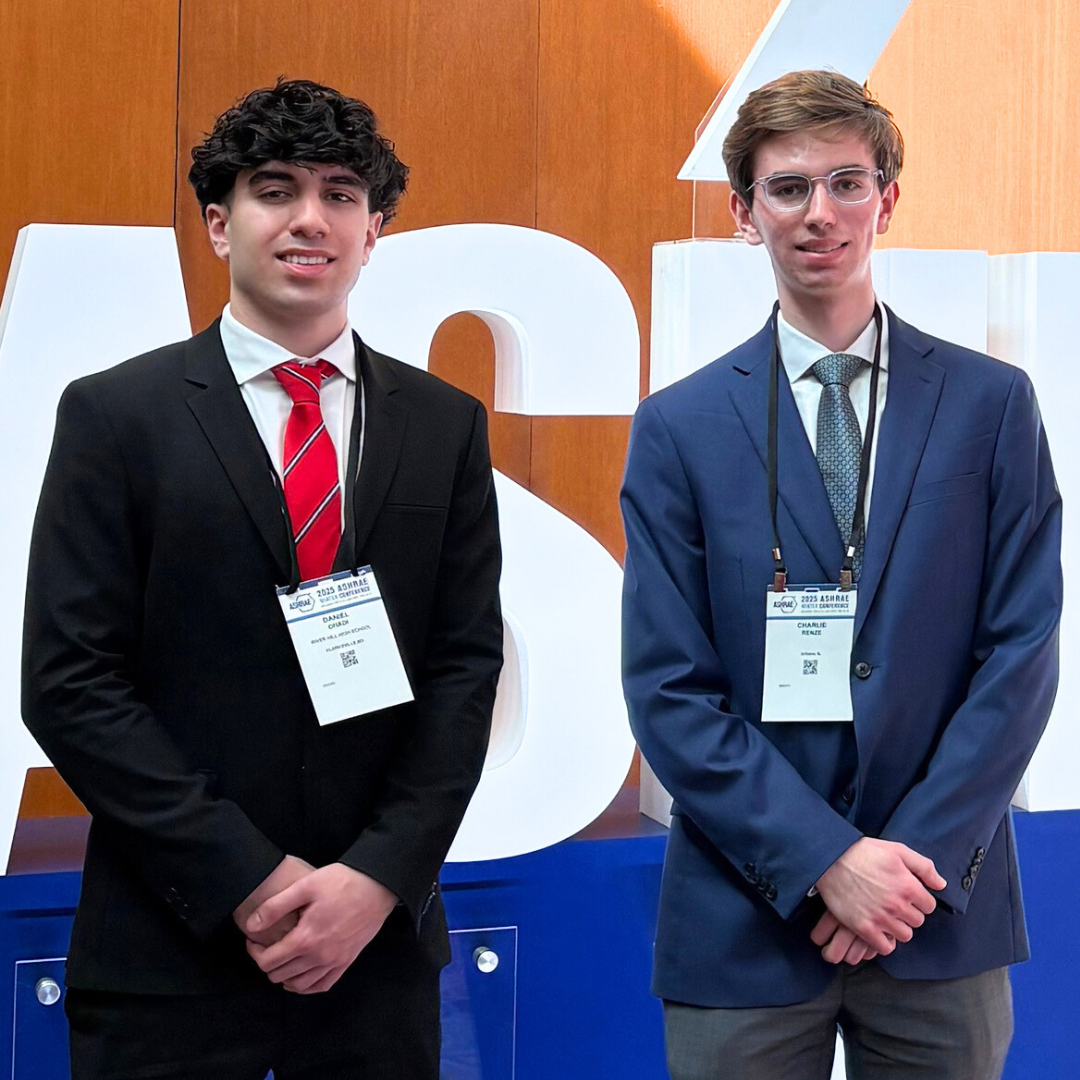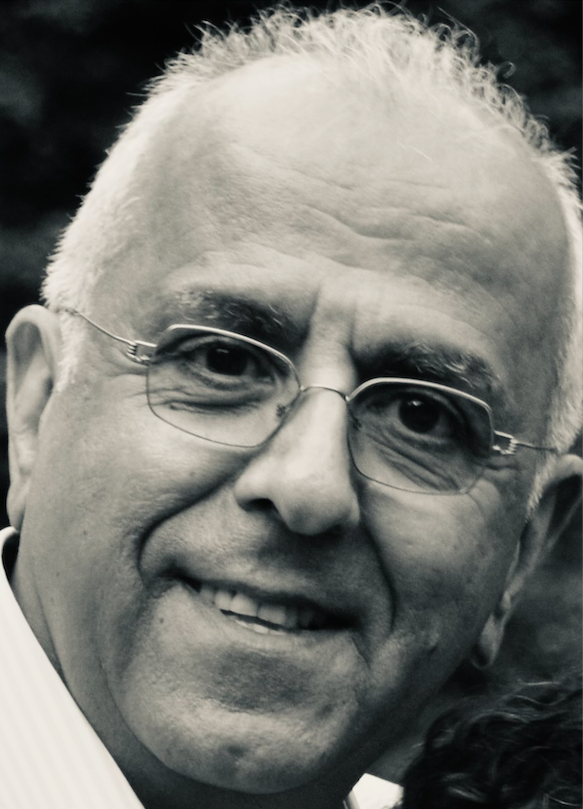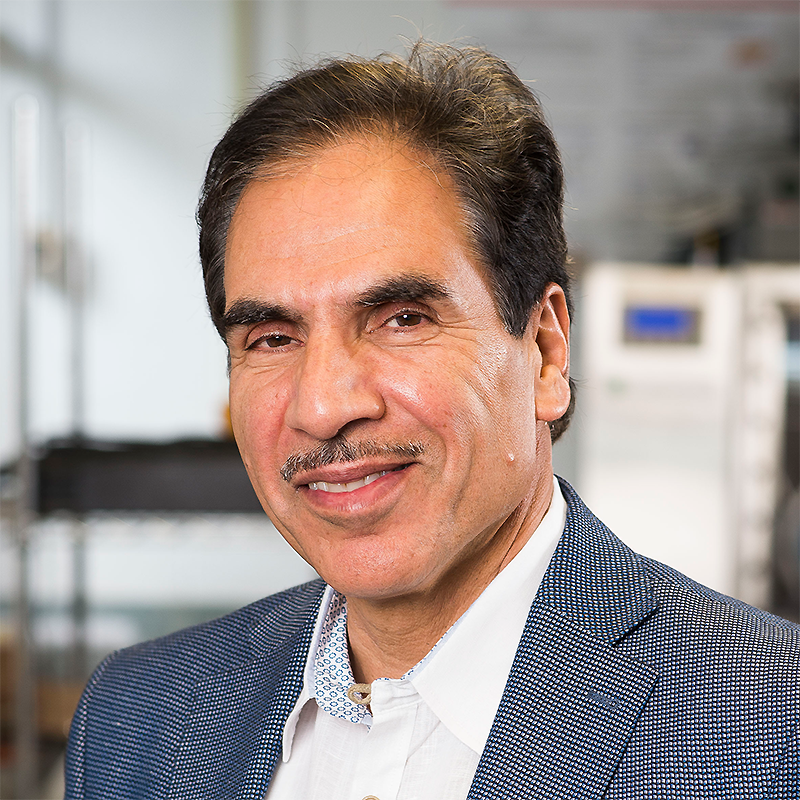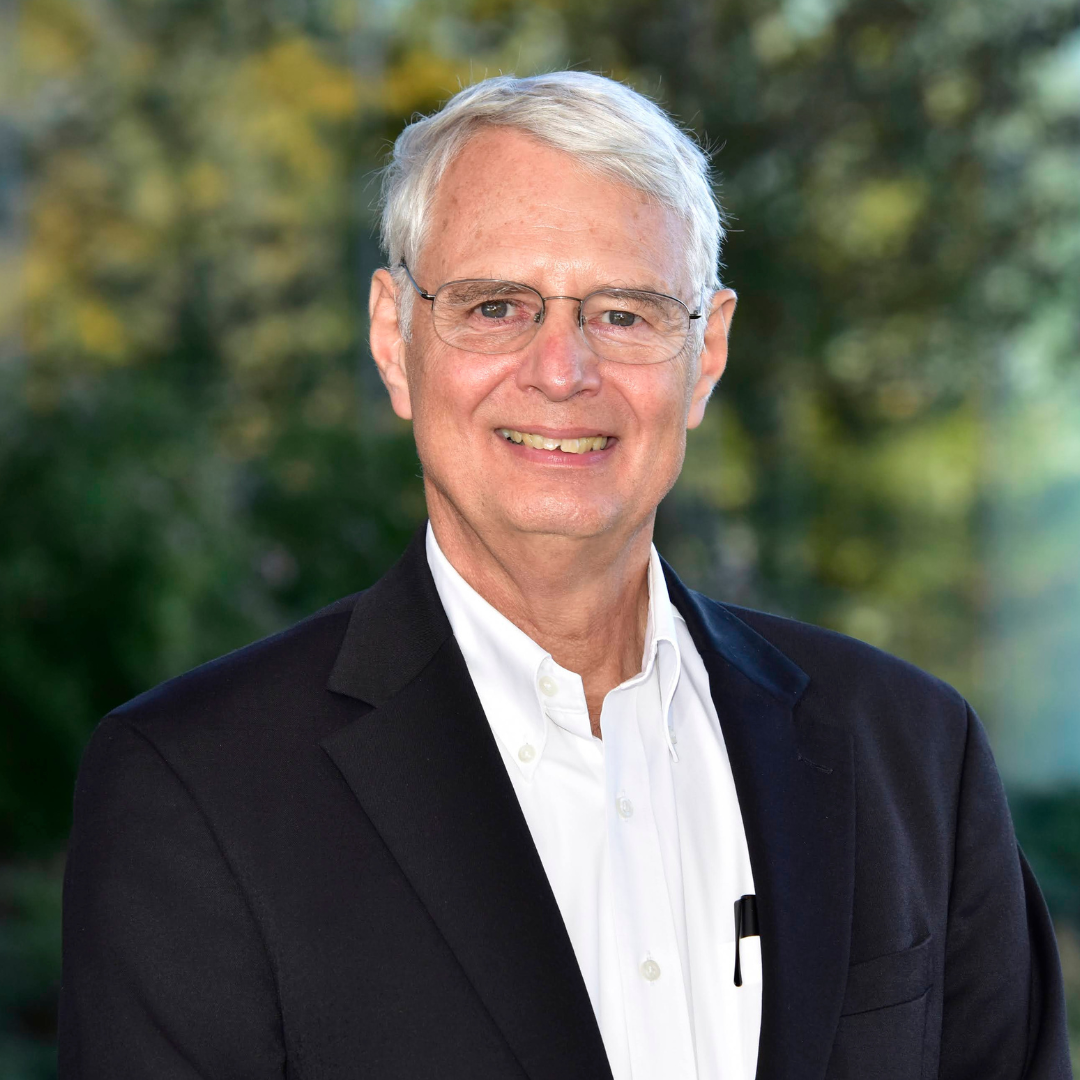News Story
Korsnicks Establish Nuclear Engineering Innovation Award
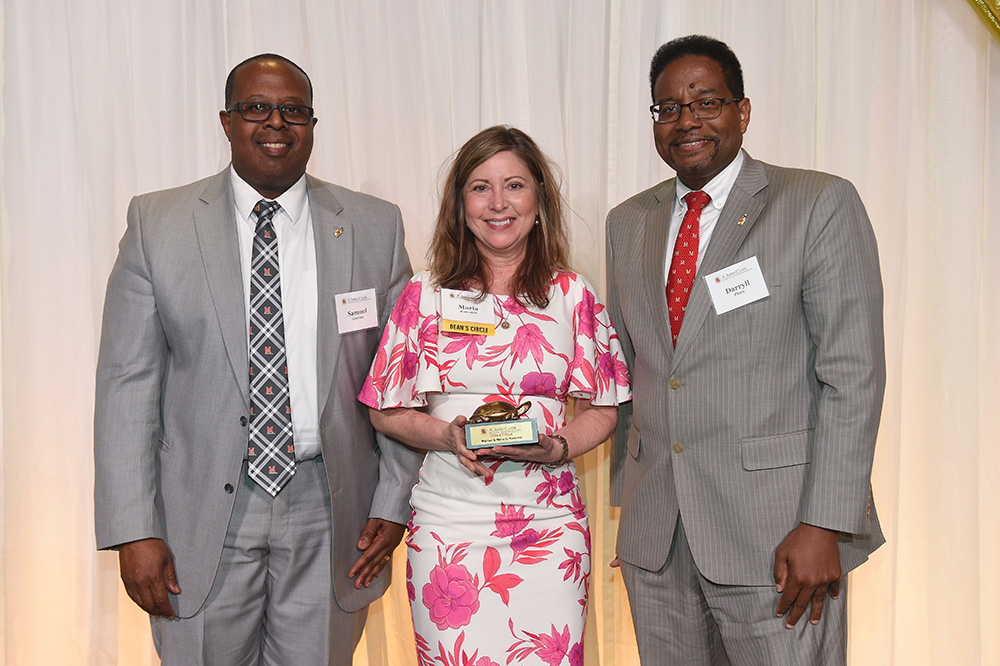
Maria Korsnick (B.S. ’86) is welcomed into the Dean’s Circle for the A. James Clark School of Engineering by Dean Samuel Graham and President Darryll Pines on May 9, 2022. Photo credit: Greg Fiume.
For alumna Maria Korsnick (B.S. ’86, nuclear engineering), the climate crisis is the greatest existential threat of our time. Amid rising sea levels, changing weather patterns and severe storms, drought, famines, and natural habitat loss, the world is coalescing around the need to dramatically—and urgently—reduce carbon emissions to mitigate the worst effects of a changing climate. It’s a race against the clock, and one Korsnick says we cannot afford to lose.
“There is a solution that sits at the core of all affordable, serious, and realistic plans to decarbonize not only our electric sector, but entire economies,” explains Korsnick. “Nuclear carbon-free energy.”
 Korsnick, and her husband Michael, who also has a nuclear energy background, recognize an urgency to building the nuclear engineering talent pipeline now and, from her vantage point as President and CEO of the Nuclear Energy Institute—the policy organization of the nuclear technologies industry—Korsnick sees an opportunity for the University of Maryland (UMD).
Korsnick, and her husband Michael, who also has a nuclear energy background, recognize an urgency to building the nuclear engineering talent pipeline now and, from her vantage point as President and CEO of the Nuclear Energy Institute—the policy organization of the nuclear technologies industry—Korsnick sees an opportunity for the University of Maryland (UMD).
“Engineers solve problems. Your opportunities are endless—we need all disciplines to solve the climate and energy challenges facing the world.”
Maria Korsnick, B.S. ’86, President & CEO of the Nuclear Energy Institute
The current fleet of nuclear reactors in the United States is the backbone of our modern clean energy generation, and new reactor designs are foundational to the net zero-carbon future. Thanks to decades of innovation, the advanced nuclear reactors that will be operational by 2030 will look very different from the reactors of today. New reactors will come in all sizes, makes, and models. They’ll have the flexibility to modify output and the versatility to pair perfectly with variable sources like wind and solar. They will offer carbon-free energy to the world’s largest cities as well as remote, rural communities.
The demand for carbon-free solutions like these create not only great opportunities, but a great need for a skilled workforce prepared for tomorrow’s technology—a workforce that UMD is uniquely positioned to help build. UMD boasts a unique combination of assets: close proximity to the Nuclear Regulatory Commission, a campus-based research and test reactor, and both a nuclear engineering minor and reactor operator training program. These assets also support UMD’s ongoing commitment to the global fight against the climate crisis.
In Korsnick’s view, as society realizes the growing imperative of nuclear energy, these assets will attract students to study nuclear engineering, and to do so at UMD. They are the foundation to reestablishing the A. James Clark School of Engineering’s commitment to nuclear energy, expanding its faculty base, and even reinstating the nuclear engineering major program.
To jump start this vision, the Korsnicks have established the Nuclear Engineering Innovation Award. Their goal is that financial incentives will expand students’ interests in nuclear engineering, increase the pipeline of talent for the burgeoning nuclear industry, and build the case for Maryland Engineering and the University of Maryland to dedicate more resources to this effort. Maria and Michael desire to see UMD students at the heart of the nation’s work in leading the world in nuclear power production and reliability.
Published June 9, 2022
